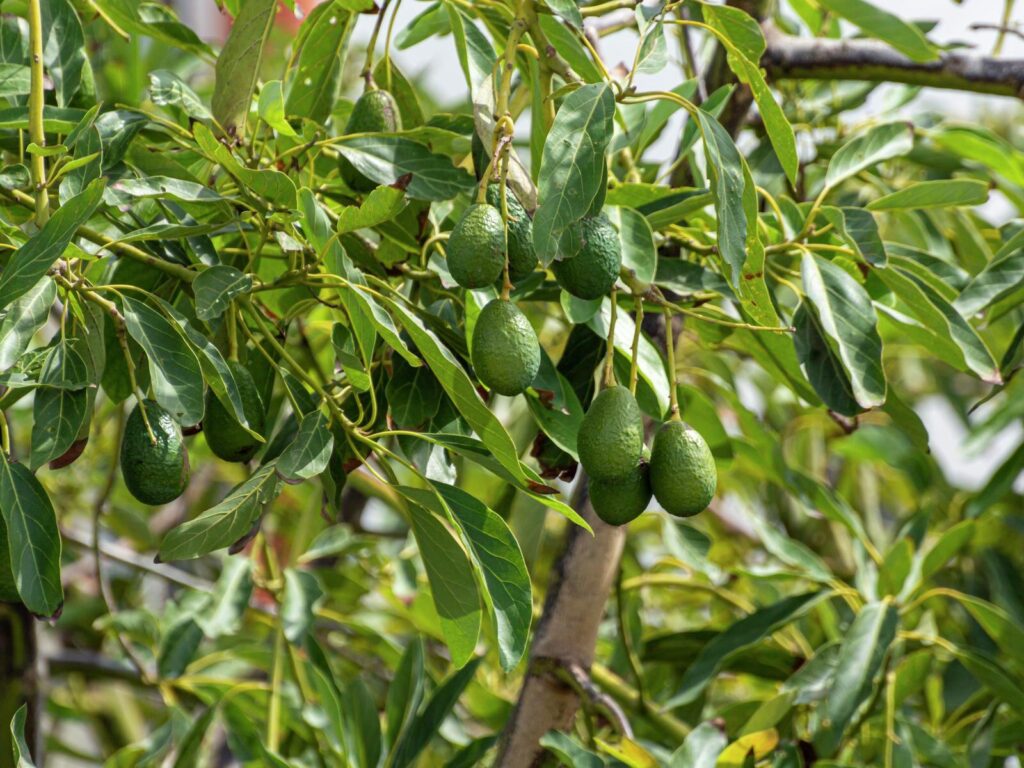Food & Climate
Last week aspiring and established plant scientists from around Africa gathered in Kenya’s capital for a workshop to review what has been achieved so far by the African Orphan Crops Consortium (AOCC), that crops which are seen as the future food because its resilient with climate change not only in Africa but also all over the world.
In its first decade, the AOCC has empowered more than 172 scientists, nearly 40 percent of whom have been women, and 28 African countries in the use of genomics-assisted approaches to crop improvement.
The workshop, co-sponsored by the Food and Agriculture Organization of the United Nations (FAO), reviewed a number of themes, including: what genomics can contribute to crop development; how to distribute new cultivars for widespread use; what partnership models work best; and, how to strengthen the work force for local private-sector business development in the field, according to report seen by “Food & Climate” platform.
What are Orphan Crops?
Orphan crops are indigenous and invariably grown by small and marginal farmers under subsistence farming systems.
These crops, which are common and widely accepted by local farmers, are highly rich in nutritional profile, good for medicinal purposes, and well adapted to suboptimal growing conditions. However, these crops have suffered neglect and abandonment from the scientific community because of very low or no investments in research and genetic improvement, according to “Frontiers“.
A plausible reason for this is that orphan crops are not traded internationally at a rate comparable to that of the major food crops such as wheat, rice, and maize.
Furthermore, marginal environments have poor soils and are characterized by extreme weather conditions such as heat, erratic rainfall, water deficit, and soil and water salinity, among others. With more frequent extreme climatic events and continued land degradation, orphan crops are beginning to receive renewed attention as alternative crops for dietary diversification in marginal environments and, by extension, across the globe.
Increased awareness of good health is also a major contributor to the revived attention accorded to orphan crops.
Thus, the introduction, evaluation, and adaptation of outstanding varieties of orphan crops for dietary diversification will contribute not only to sustained food production but also to improved nutrition in marginal environments.
Recent advances in genomics coupled with molecular breeding will play a pivotal role in improving the genetic potential of orphan crops and help in developing sustainable food systems.

Home of a rich diversity of under-utilized crops
“Africa is home to a rich diversity of under-utilized crops, often referred to as ‘orphan crops’,” said FAO Director-General QU Dongyu in opening remarks via video message to the workshop.
Such crops – including local staples such as millets and exotic fruits such as mangosteen – have long played a vital role in local diets, cultural heritage and ecosystems, but have remained neglected in research, investment and policy discussions.
Noting that reducing hunger and ensuring the sustainable production of more nutritious foods to ensure healthy diets is particularly challenging in Africa, Qu added that “we will need to leverage science and innovation”.
Since its establishment in 2011, the AOCC, working with its African Plant Breeding Academy (AfPBA) – a training facility run by the University of California, Davis –, has developed new tools and sequenced the genomes of 75 of the 101 target crops and trees. Once sequenced, researchers analyze the germplasm panel of each crop, putting the information into the public domain for use by plant breeders and other crop scientists with the goal of catalyzing the development of improved varieties and cultivars that can be released to farmers.
The target crops were chosen through a participatory approach by scientists. Development practitioners, producers and consumers with an eye to local tastes, dietary and nutritional needs – many are rich in critical minerals and vitamins – and income potential.
“The focus on African orphan crops is not just about food security. It is about empowering communities to cultivate crops that are resilient, nutritious and locally adapted,” Qu said.
Some of the ‘orphan’ crops assessed so far are types of mustard, okra, breadfruit, melon, taro, pumpkin, yams along with wild custard apples and vine spinach and Plectranthus rotundifolius, an indigenous variety of potato. Better-known African crops such as tef and fonio were also investigated, as were some non-native crops such as amaranth, avocados and prickly pears.

The workshop also focused on how to more deeply embed African orphan crops in national agrifood strategies and on identifying the next steps to take the essential elements of the AOCC model to the next level in African countries and elsewhere.

